AMD Radeon HD 7750 & Radeon HD 7770 GHz Edition Review: Evading The Price/Performance Curve
by Ryan Smith & Ganesh T S on February 15, 2012 12:01 AM EST- Posted in
- GPUs
- AMD
- HTPC
- GCN
- Radeon HD 7000
Custom Refresh Rates with AMD 7750
One of the drawbacks of the GPUs built into the Intel CPUs was the lack of a 23.976 Hz refresh rate to match the source frame rate of many videos. Combined with the lack of reliable support for open source software, this has often pushed users to opt for a discrete HTPC GPU. Ideally, a GPU should be capable of the following refresh rates at the minimum:
- 23.976 Hz
- 24 Hz
- 25 Hz
- 29.97 Hz
- 30 Hz
- 50 Hz
- 59.94 Hz
- 60 Hz
Some users demand integral multiples of 23.976 / 24 Hz because they result in a smoother desktop experience, while also making sure that the source and display refresh rates are still matched without repeated or dropped frames.
With the Sony Bravia KDL46EX720 (the new display in our HTPC testbed) being capable of PAL refresh rates (despite not exposing it in the EDID), we were able to test out almost all the above mentioned refresh rates. The only exception was 60 Hz (which definitely works well in the usual desktop mode, but, was one for which we were unable to obtain a sample file with a matching frame rate).
Using madVR, we were able to judge how often a frame would get repeated or dropped in the renderer due to the mismatched refresh rate and frame rate. With the 23.976 fps sample, we were looking at more than 15 minutes before a dropped frame, while, for the 24 fps sample, we were looking at more than a hour before a frame repeat.

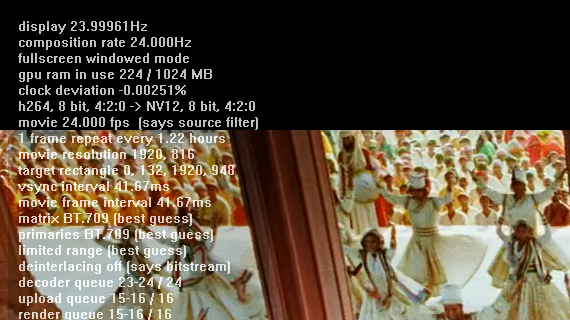
By default, modes not reported in the EDID were not available in the CCC settings. However, it was quite straightforward to display and choose the refresh rates not supported by the monitor in its Windows settings. Some of the other 'native refresh rates' we tested are reproduced below:
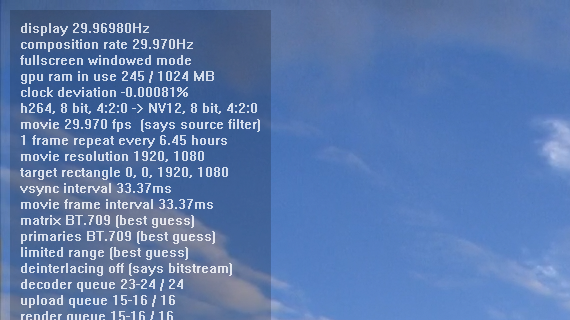
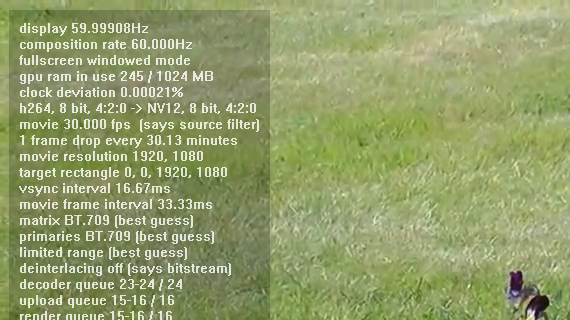
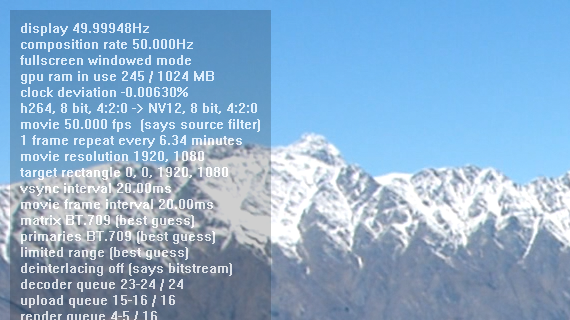
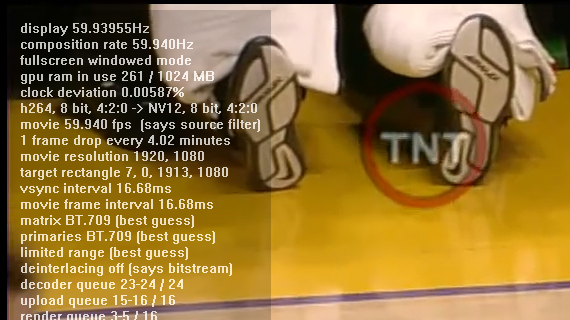
AMD's refresh rate matching feature works pretty well most of the time, but it could be made better by giving the user more control over the various timing aspects (maybe in an 'Advanced' hidden menu similar to what is done by NVIDIA). This could be useful for consumers who don't want to put up with frame drops / repeats even once every 20 minutes or so.










155 Comments
View All Comments
ArizonaSteve - Wednesday, February 15, 2012 - link
Time for the DOJ to start looking into the price fixing that's going on here.A5 - Wednesday, February 15, 2012 - link
Price fixing is explicit, purposeful collusion between 2+ manufacturers to set prices at an unnaturally high level. For an example, see the memory market in the early 2000s.That is not what is happening here.
mattgmann - Wednesday, February 15, 2012 - link
Both of these companies settled price fixing lawsuits in 2008 under similar circumstances. They've cheated before; don't be surprised if they're cheating again.mckirkus - Wednesday, February 15, 2012 - link
If Coke and Pepsi both start pricing cans of soda at $50 each, doesn't mean people will buy them. The 7770 is a $50 can of soda.CeriseCogburn - Wednesday, March 21, 2012 - link
Yeah sure is price fixing when the always victorious gtx460 is $110 bucks and beats the 7770 every time and there's a large stock available...Or the other, triple fan GTX580 at the egg for $359, and the other reduced way down from $500.
AMD is scalping we customers even now and has been since before this review.
chizow - Wednesday, February 15, 2012 - link
There's an easy solution to price fixing: Don't buy at their asking price, or buy the faster, last-gen for cheaper.Its not like GPUs go bad like produce or get consumed like oil. Just keep using whatever you have in your rig now, because chances are its just as fast at a cheaper price than what AMD is asking for these "new" next-gen parts.
Iketh - Thursday, February 16, 2012 - link
meh I'm not worried about it just yet, it's too early... I bet it's because of poor yields, which would make the pricing legitimate... remember it's a new arch on a new nodeif the situation is the same in a month or 2, i'll be among those complaining
akbo - Wednesday, February 15, 2012 - link
I guess AMD is gonna let go of the old 6850 quick, 'cause no one is gonna buy it with this prices. Perf/watt very good tho, although mem bandwith very dissapointing. DDR4 is not coming soon enough, let alone GDDR6. 128 bits are simply not enough and 256 bits is adding more power/complexity. Can't wait for the day when GDDR6 comes and hopefully doubles bandwith for lower power/efficient clock speed. Oh, and gpu companies, when that day comes, don't be stingy like you always are and end up giving us 64 bits instead.silverblue - Wednesday, February 15, 2012 - link
Bring back TBDR and you won't need stupidly wide memory buses. ;)Roland00Address - Wednesday, February 15, 2012 - link
This is figuring out the price per performance, how many dollars you have to spend to get each FPS. Using Anandtech's Crysis: Warhead: 1680x1050 Gamer Quality Everything, Enthusiast Shaders+4xAA (Lower is better since you get a better bang for your buck.) Prices are from Newegg, using the cheapest card out there, no MIR are factored in, price includes shipping. Notes the 7750 and 7770 are not on newegg yet, so I am using the MSRP with no shipping to figure out the FPS per dollar. The GTX460 is using an older anandtech test since it is no longer using the more recent benchFPS Per Dollar/Video Card/FPS/Price/Shipping/Total
$3.81 Radeon 5750 28.1 99.99 6.98 106.97
$3.23 Radeon 5770 32.5 104.99 0.00 104.99
$3.23 Radeon 6850 45.7 139.99 7.56 147.55
3.01 Radeon 6870 53.1 159.99 0.00 159.99
3.46 Radeon 7750 31.8 109.99 0.00 109.99
4.35 Radeon 7770 36.8 159.99 0.00 159.99
3.88 Geforce GTX550 TI 32.7 119.99 6.98 126.97
3.56 Geforce GTX460 1GB 41.4 139.99 7.56 147.55
3.65 Geforce GTX560 48.5 169.99 6.98 176.97
As you can see, the Radeon 7750 is actually a very good card for its price. It beats the old Radeon 5770 series, and all the Geforce only losing to the Radeon 6800 series in the terms of value. Don't forget though the Radeon 7750 can be single slot, doesn't need a 6 pin, and generates less noise and heat.
The 7770 on the other hand is the most expensive card in the terms of value. Notice that Geforce cards have a higher dollar per fps (they have less value), for the Radeon card to succeed it only has to compete with Geforce since Radeon still makes money if you buy one of the other Radeon cards. If the 7770 was priced at 131.01 it would have identical value as the gtx460 1gb, and 142.78 if the card was priced against the value of the GTX550 TI.
I wouldn't be surprised that the Radeon 7770 will drop to the 139.99 or 149.99 price range once all the older 5700 series and 6800 series leave the channel. I do not think we are going to see much cheaper 7750s though since it is a recycled part and its price per performance is very good already. OEMs are going to be eating up the 7750s like candy.